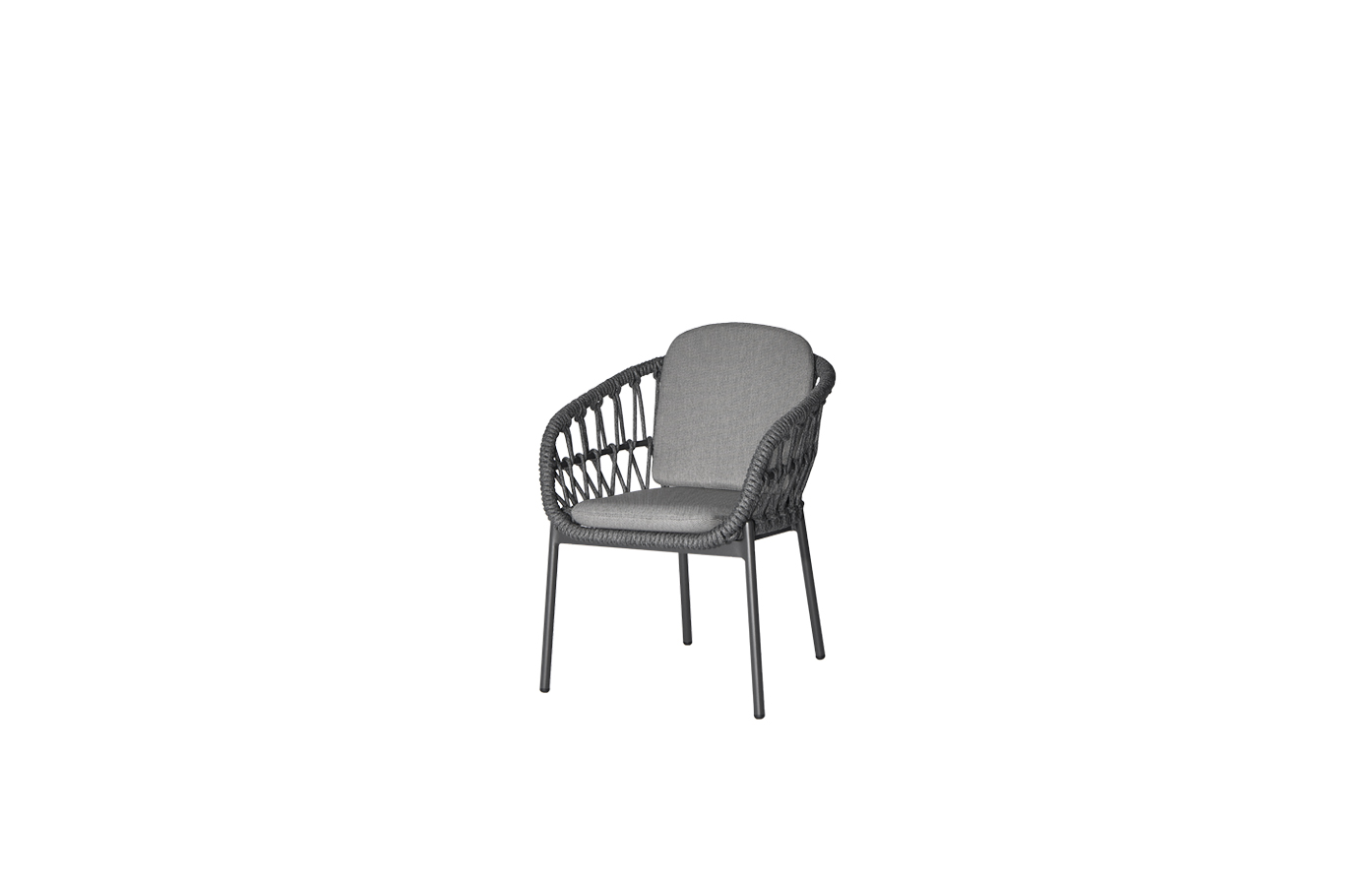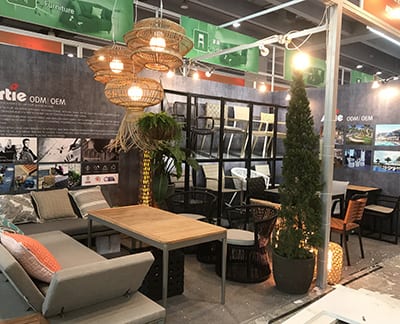From the earliest human settlements to the cutting-edge contemporary designs today, furniture has played a crucial role in our daily lives. Over the centuries, this essential element of human existence has evolved and adapted to suit our changing needs and preferences. Join us on a journey through time as we explore the fascinating history and diverse styles of furniture.
Ancient civilizations were the pioneers of furniture design, crafting rudimentary pieces from natural materials such as stone, wood, and animal bones. These early creations were primarily functional, aiming to provide seating, storage, and sleeping solutions. Egyptian furniture, for example, exhibited intricate carvings, reflecting the wealth and status of the owner. Greeks and Romans, on the other hand, focused on practicality and pioneered the development of folding and stackable furniture.
The Middle Ages marked a shift towards more elaborate and ornate furniture. European craftsmanship reached new heights during this period, resulting in exquisite carvings and luxurious upholstery. Furniture became a symbol of wealth and power, with the nobility possessing extravagant pieces adorned with gold leaf and adorned with precious gemstones. The Renaissance saw the emergence of new design elements, inspired by classical antiquity and incorporating richly detailed motifs.
The Industrial Revolution in the 18th century brought about major advancements in furniture production. Mass production techniques using steam-powered machinery revolutionized the industry, making furniture more affordable and accessible to a wider range of people. The rise of factories allowed for the creation of standardized designs and the use of new materials like cast iron. This period also introduced iconic furniture styles such as the Baroque and Rococo.

The Evolution of Furniture: From Ancient Times to Modern Design
The 20th century witnessed a myriad of design movements that profoundly influenced furniture design. The Art Nouveau movement brought an emphasis on organic shapes and intricate craftsmanship, while the Bauhaus school championed simplicity, functionality, and mass production. The mid-century modern movement introduced iconic designs by renowned architects and designers like Charles and Ray Eames, Eero Saarinen, and Florence Knoll.

The Evolution of Furniture: From Ancient Times to Modern Design

The Evolution of Furniture: From Ancient Times to Modern Design
Today, furniture design continues to evolve, with a focus on innovation, sustainability, and versatility. Contemporary designs meld form and function, often blurring the lines between art and furniture. Minimalist and Scandinavian styles have gained popularity, embracing clean lines, natural materials, and functionality. Furthermore, sustainable practices and the use of eco-friendly materials are becoming increasingly important in the industry.
The role of furniture extends beyond its functional aspect; it transforms spaces, influences moods, and reflects personal style. Whether it’s the elegance of a traditional dining set, the comfort of a modern sectional sofa, or the functionality of space-saving innovations, furniture plays an integral role in our homes, offices, and public spaces.
In conclusion, furniture has come a long way, mirroring the development of human civilization. From simple and functional pieces in ancient times to the innovative and sustainable designs of today, furniture has consistently evolved to meet our ever-changing needs and desires. Its history reflects cultural, social, and technological transformations, reminding us of the integral role furniture has in shaping our environments and enhancing our lives. Fashion Furniture
